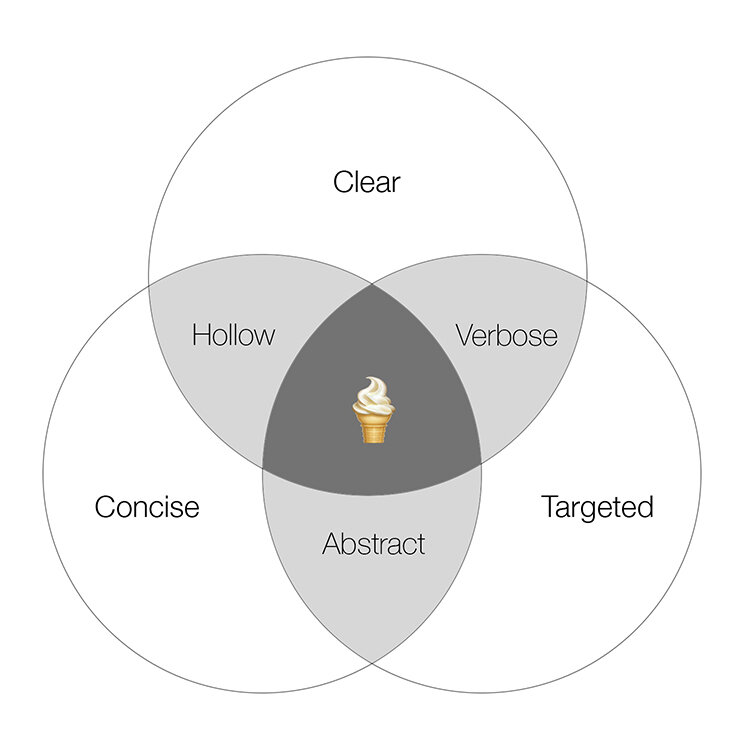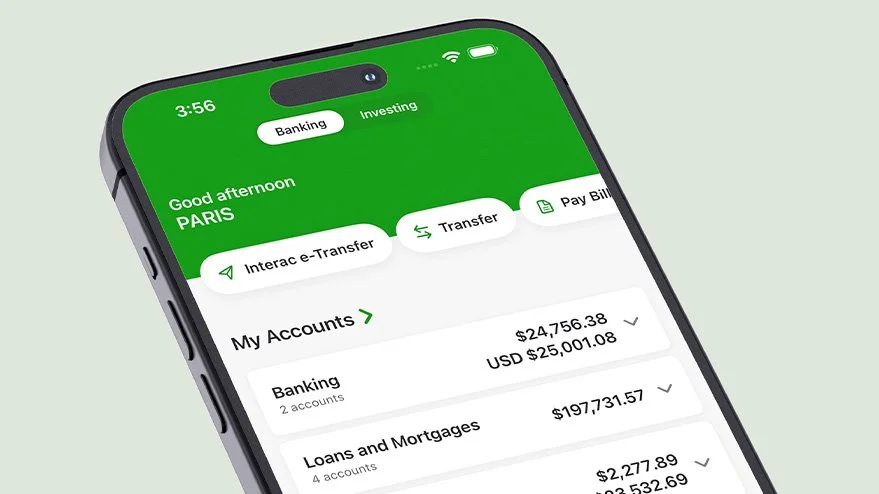“Why waste time say lot word when few word do trick?” - Kevin Malone
I’ve never been the most technical writer—I can’t tell you the difference between a coordinating conjunction and a subordinating conjunction—but I do enjoy the challenge of using just the right word in just the right place. And this is ever more important when we’re using apps or navigating websites on our tiny rectangles.
For websites that aren’t trying to feed you ads, users are going to land and leave as quickly as possible; this is a fact. Whether they find what they’re looking for is up to you. So if we treat every visitor like a driver approaching a stop sign, what’s the best way to get them the information they need?
Be clear, concise, and targeted.
When we read something, we rarely think about how well constructed a piece of copy is, what we do notice is if it’s lacking in one way or another.
“These instructions don’t make sense to me.”
“This article takes too long to read.”
“Is that just boilerplate text?”
Being clear is about being as direct as possible. When you see a 🌲, you know it’s a tree because it looks like a tree. But when you see the word tree, you first recognize the combination of letters. Once you recognize the combination, you decipher what this specific order of characters symbolizes. Then boom, you know it’s referring to the tall woody thing that birds live in. Although this only takes a fraction of a second for simple words, a collection of more abstract words starts to slow down the old processor. Let’s try to be more direct, people have other websites to get to!
Being concise is all about hacking away the fat you don’t need. Once you’ve hacked away half of it and think it’s enough, you can still hack away some more. Unless your purpose is to engage users with your text and a longform piece is why they’re here, be more scannable so they can get to the part they care about. “Why waste time say lot word when few word do trick.” - Kevin Malone (The Office)
Being targeted serves two purposes, the first is targeting the right users. Some ways to learn about them include reaching out to the sales team, talking to customers directly, or reading the reviews they leave. The second is defining what you want from your users and how they’re going to get there. If you can’t answer those, it’ll be difficult to find the right words (and design) to guide them there. Let them know what to expect and why they should take action, all while still being clear and concise.
If you can combine all 3 of these, you get to that nice sweet spot of good UX writing. I bid you farewell as you hop on to another site, I’ll be here finding more fat to hack.






